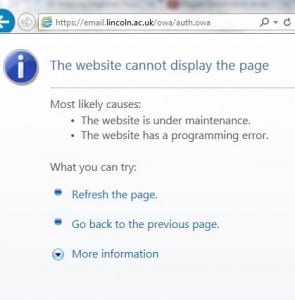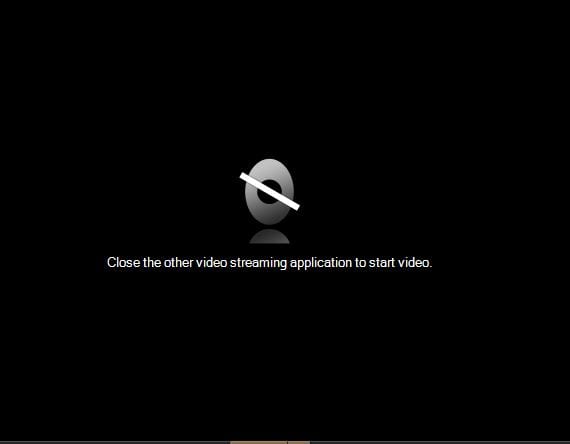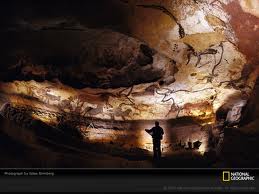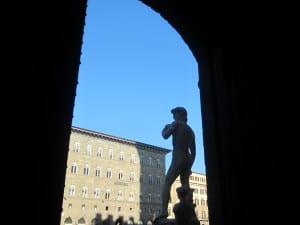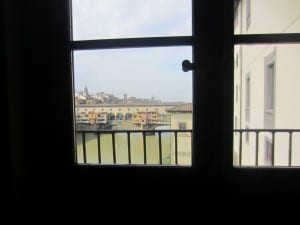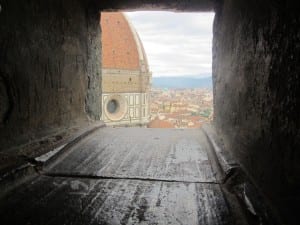The human need to create, manage and control information and communication remains constant. It could be said books and Blackboard sites are different ways of doing the same thing and the gap between Gutenberg and Google is not as wide as it might first appear. In 370 BC Plato has Socrates bemoaning the introduction of writing as damaging to human memory. In 1981 Neil Postman predicted the rise of cable television would result in us all amusing ourselves to death. Back in 15th century Europe the printing press caused such alarm the Catholic Church introduced censorship; all books were to be approved before publication. It’s not unusual for new technologies to be heralded with doom and gloom.
Marc Prensky’s concept of Digital Natives Digital Immigrants could come into this category. In 2001 he offered a provocative but enduring image of technology as the agent of changing brains and behaviors of young people. While his ideas have since been challenged the myth of the digital native remains persistent. Young people are imagined to be tech savvy while older ones struggle.
Teaching and Learning in a Digital Age (TELEDA) begins with Prensky’s Digital Natives Digital Immigrants paper. Online discussions get lively because everyone has a view on Prensky. Even colleagues initially unsure about contributing to virtual conversations find their nerves are partially overcome because they have something to say about the need to support individual digital literacies and how they cannot be taken for granted.
Confidence and competence with learner technologies cannot be anticipated. Early, mid or late career is no predictor of Blackboard use and engagement. There are older people comfortable with online collaborative working and younger ones unsure of how to insert a picture or attach a file. All roads lead to the same place. Digital literacies are too often assumed rather than addressed. Where technology plays a prominent role in people’s lives, it can create digital closeting which prevents awareness of the full spectrum of digital engagement. This is the myth of digital competence. More meaningful communication is needed between those who support, maintain and mandate the technology and those who use it as a part of their day to day teaching practice.
——————————————————————————————————————————
image from http://www.heraldboy.com/how-does-innovation-in-the-digital-age-survive/
Prensky, M. (2001) Digital Natives Digital Immigrants. Available from http://www.marcprensky.com/writing/Prensky%20-%20Digital%20Natives,%20Digital%20Immigrants%20-%20Part1.pdf
——————————————————————————————————————————

